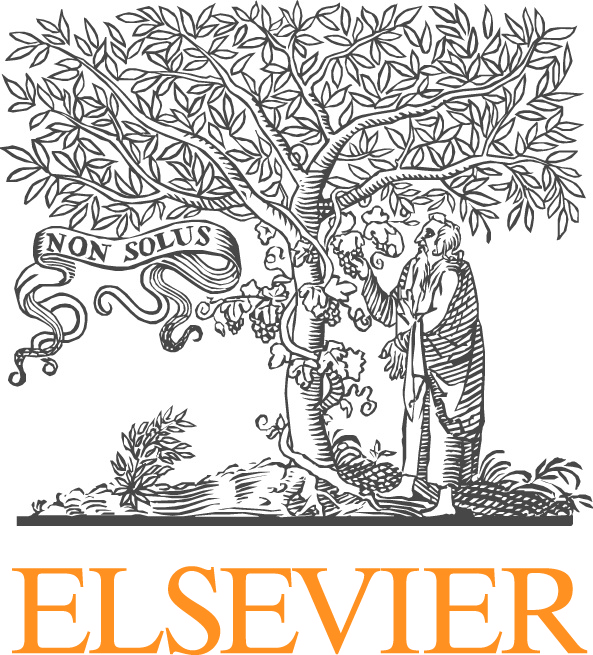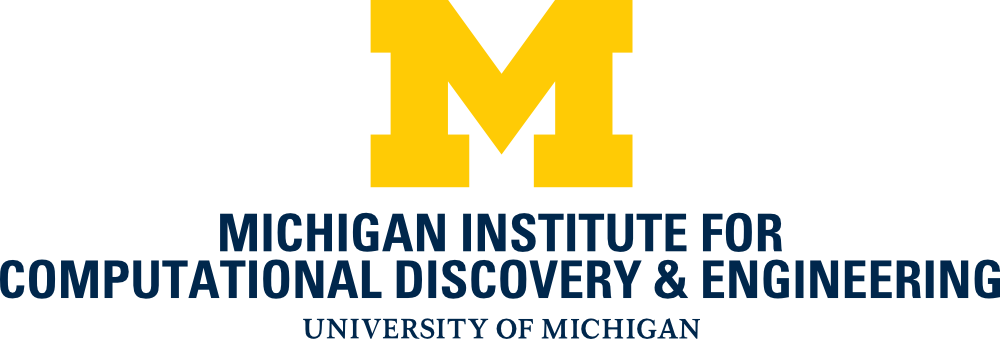Uncertainty Propagation and Quantification in Multiscale Simulation of Materials Response, Structural Performance, and Failure
John Emery, Sandia National Laboratories
Joseph Bishop, Sandia National Laboratories
Jacob Hochhalter, NASA Langley Research Center
James Warner, NASA Langley Research Center
We aim to address the confluence of probability modeling techniques, multiscale simulation, and fracture and failure predictions. This is a fundamental challenge in solid mechanics particularly given the nonlinear, heterogeneous, and random microstructure of most engineering materials. Multiscale numerical methods (MNM) are an active and rich topic of investigation. Their
primary goal is to bridge length scales in order to adequately introduce the fine-scale physics and uncertainty occurring in heterogeneous and random microstructure. This is attractive for probabilistic predictions on the engineering scale because sufficient data can be available at thefine scale, e.g., EBSD grain orientation measurements, to build reasonable probability models. However, there are many challenges. One of them is seeking a proper balance of physical realism at the microscale so that calculations are tractable while at the same time including adequate representation of the variability and emergent phenomena, e.g., localization. Another challenge is the development of a posteriori error-estimation techniques to bound material model-form errors arising from the use of macroscale constitutive models. Still another challenge, is validation of probabilistic predictions that aim to estimate reliability deep into the tail when data, both for characterization and validation, are limited. Finally, the stochastic nature of the problem – arguably the primary motivation behind multiscale modeling – is often difficult to address because the models are computationally expensive, precluding the application of standard forward uncertainty propagation methods.
This symposium is the third in a series following SES 2016 and the 13th USNCCM and strives to continue the conversation between researchers from material science, the field of uncertainty quantification, and computational science and engineering to share accomplishments and lesson’s learned and to discuss new research in the following topics:
* strategies for tractable multiscale simulation;
* improved physical realism at the microscale within multiscale simulations;
* crack/damage propagation on the finesca le;
* multiphysics in multiscale simulations;
* efficient forward propagation of uncertainty through multiscale numerical methodologies;
* material model-form error estimation for UQ;
* validation of probabilistic lifetime estimates; and
* multiscale techniques that do not filter out emergent phenomena at the macroscale.
(Sandia National Laboratories is a multi-program laboratory managed and operated by Sandia Corporation, a wholly owned subsidiary of Lockheed Martin Corporation, for the U.S. Department of Energy’s National Nuclear Security Administration under contract DE-AC04- 94AL85000.)







